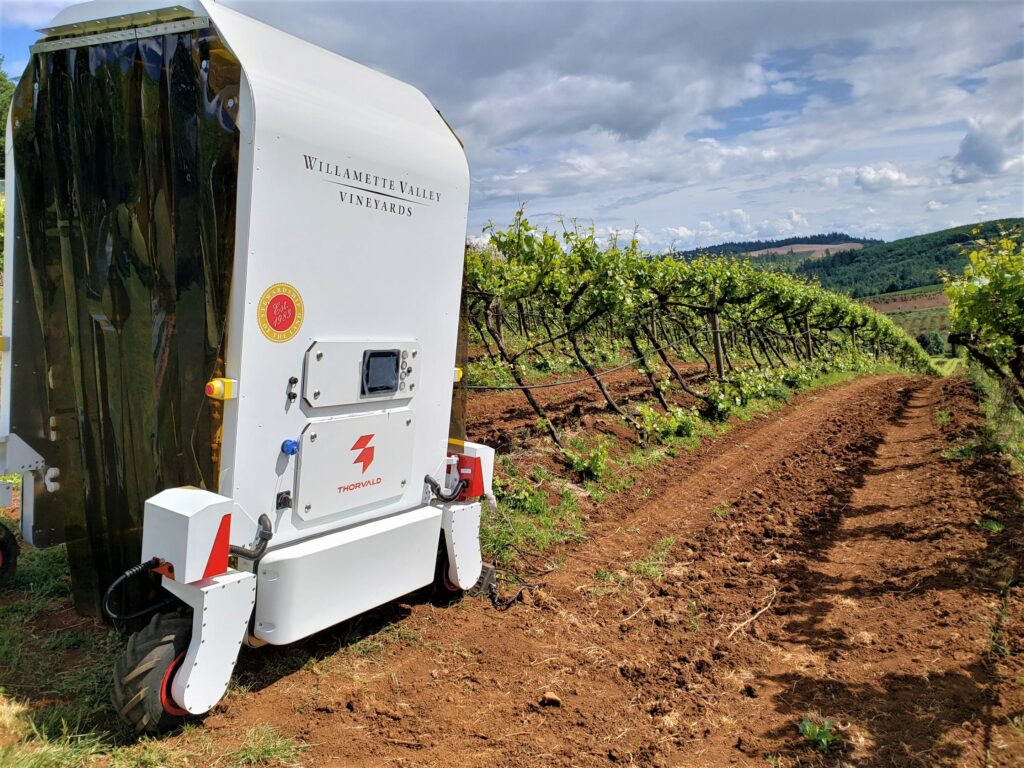The Unstoppable Tide of Technology
2024 presents a dynamic landscape, with shifts like evolving climate conditions to geopolitical transformations and the redefinition of ‘work’ as Gen Z steps into leadership roles. Artificial Intelligence (AI) has become increasingly integrated into our day-to-day lives and business operations.
57% of global leaders recognize Gen AI as a value play; the Silicon Valley mindset sees AI not as a threat but as an opportunity to liberate from conventional constraints, like commuting, and create a true paradigm shift in the global business arena.
When Jennifer Vessels was asked, “What can we do to slow down this technological wave?” Her response was to ask, “How can we stop snowfall?” This is inevitable.
Instead of fearing the speed of technological advancements, we can approach it step by step. Leaders worldwide are integrating AI into core business processes, leading to faster operations and quality enhancements. Automation will alter the employment landscape, but it’s crucial to consider whether jobs will be eliminated or transformed. Some roles may be automated, but the focus should be on retraining and reskilling individuals to adapt to the changing nature of work.
AI’s Impact Across Industries
AI is reshaping traditional sectors across industries.
- In marketing, AI and predictive analytics deepen the understanding of customer behavior, enabling targeted campaigns.
- Sales leverages AI for tracking and information management, offering efficient training tools.
- In HR, technology aids in nuanced performance monitoring, distinguishing tasks requiring human intervention.
- Customer service experiences acceleration, streamlining processes in core business applications.
AI is guiding us towards an era where innovation and intelligent technologies converge.
Shaping the Future of Work with AI
In a technologically empowered world, collaboration remains essential. As organizations automate and adopt technology, opportunities arise to create new roles focused on meaningful, creative, and collaborative work. These changes are not the end but a new beginning. The challenge for leaders is to jump in, try, learn, and explore, co-creating the evolving society that shapes the future of work.
Integrating Humanoid Robots
Integrating robots into our lives is becoming prevalent, raising questions about managing and leading in a workplace where colleagues include humanoid robots.
Picture autonomous strawberry pickers and agri-robots equipped with UV light to combat fungi – improving yields and reducing plant diseases, promoting sustainable food production, lowering CO2 emissions, and a 60-90% reduction in pesticide usage.
Now a reality, courtesy of SAGA Robotics and their Thorvald 3 robot. These advancements contribute to environmental sustainability and minimize human exposure to harmful chemicals. By automating routine tasks, robots offload mundane or hazardous activities, creating a safer and healthier workforce and empowering professionals to focus on more intricate aspects of farming practices.
Or consider healthcare, imagine a humanoid robot learning and replicating the techniques of the world’s best heart surgeon. Instead of replacing the surgeon, the robot extends her capabilities, disseminating her knowledge globally. Hospitals worldwide could benefit from this shared expertise, potentially saving countless lives.
Addressing Job Displacement
While job displacement is inevitable, it paves the way for individuals to pursue more meaningful pursuits. Technology may phase out specific roles but paves the way for people to delve into more meaningful pursuits.
Figure.ai predicts a shrinking labor force with 10 million unfulfilled jobs in the United States by 2024. Majority of these openings are in essential services like warehouse, transportation, and retail – revealing a need for innovative solutions to bridge the gap between demand and supply in the job market. The challenge is that only 6 million people will be available to fill these crucial positions, and attrition rates expected to remain high, leaving a significant shortage of 1 million workers, primarily in positions held by women.
Key warehouse suppliers may run out of people to hire by 2025. So, what’s the solution to fill this impending gap in the workforce?
Embodied AI – integrating robots with the intelligence and physical dexterity required to perform various jobs.
We are witnessing a convergence of factors – a shortage of human workers, high attrition rates, and a growing need for efficiency in essential sectors. Embodied AI emerges as a solution, with its ability to work tirelessly without needing sleep, insurance, sick leave, or breaks.
These robots don’t complain, don’t make mistakes, and are not subject to human limitations. The prospect of these advanced robots entering the workforce raises questions about the future dynamics of team collaboration, company culture, and even interpersonal relationships.
The transition to a workforce including humanoid robots prompts leaders to consider several questions:
- Have competitors partnered with a humanoid robot company, recognizing the imminent shift in the workforce landscape?
- How will introducing humanoid robots impact a company’s efficiency, costs, and overall profitability compared to competitors who embrace this change?
On a governmental level, consider entire nations making orders for humanoid robots. The first-move advantage in placing orders for these robots is a strategic move that can redefine a country’s GDP and economic future.
Consider the percentage of your company’s future revenue that humanoid robots versus human workers could derive. This shift in measurement, expected by analyst companies like Gartner in 2025, underlines the need for companies to adapt to the changing nature of work.
Challenges and Opportunities
While the benefits of embodied AI are evident in efficiency and cost-effectiveness, maintaining a balance is crucial. We must preserve the human side in decisions – to avoid irresponsible development and deployment of these technologies.
Companies and even whole countries must urgently adapt to the changing landscape of work brought about by embodied AI. It’s not just about survival; it’s about shaping a future where humans and robots coexist, complementing each other’s strengths and contributing to a more efficient and innovative global workforce.
Navigating uncharted territory requires leaders AND individuals to embrace the future of work, approaching it with curiosity and discernment.
For a deeper dive into steering your company to global business transformation, get in touch or follow CEO Jennifer Vessels on LinkedIn.

